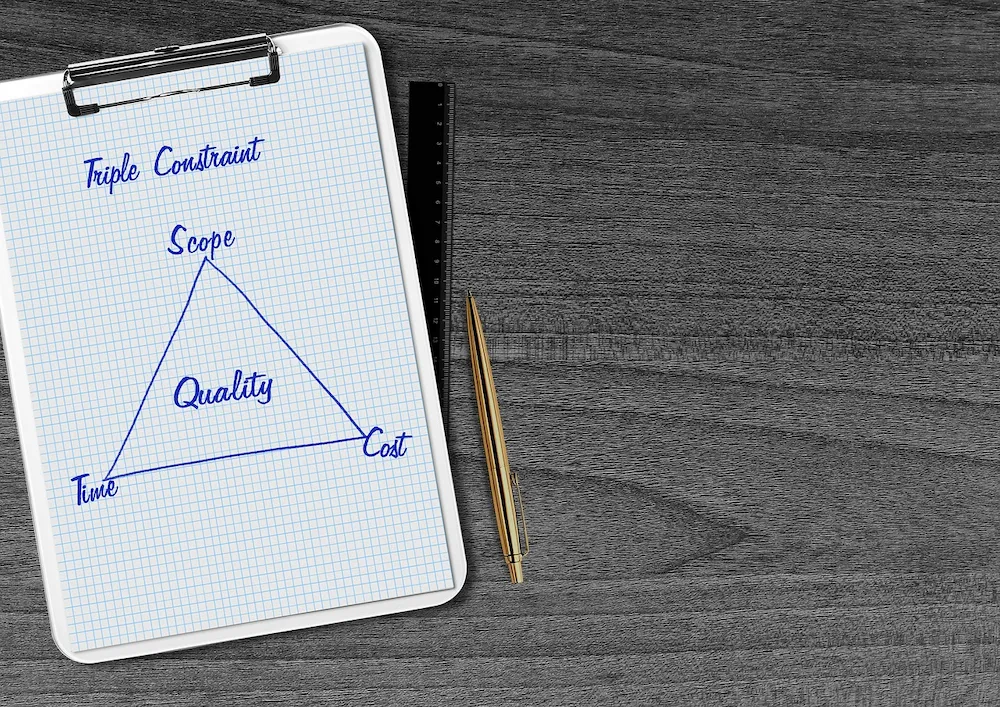The hiring process is a delicate balancing act. On one hand, companies face pressure to fill roles quickly to avoid productivity gaps and operational challenges. On the other, rushing the process can lead to poor hiring decisions, costly turnover, and a negative impact on team morale. So, how can recruiters and HR professionals reduce time-to-hire without compromising on candidate quality?
The answer lies in adopting smarter, more efficient hiring strategies that leverage technology, streamline workflows, and focus on data-driven decision-making. In this post, we’ll explore actionable tips to help you achieve this balance and highlight how tools like CandiScreen can be game-changers in modern recruitment.
Why Time-to-Hire Matters
Time-to-hire, the period between when a job vacancy is posted and when a candidate accepts the offer, is a critical recruitment metric. Here’s why it’s so important:
- Talent competition: The best candidates are often off the market within 10 days. A lengthy process could mean losing top talent to competitors.
- Operational impact: Unfilled roles can lead to overburdened employees, reduced productivity, and missed business opportunities.
- Candidate experience: A slow hiring process can frustrate candidates, leading to a negative impression of your brand.
Reducing time-to-hire while maintaining quality ensures you secure the best talent, improve team morale, and enhance your employer brand.
Key Strategies to Reduce Time-to-Hire Without Sacrificing Quality
Here are some practical ways to streamline your hiring process while ensuring you continue to attract and select high-quality candidates:
1. Automate Candidate Pre-Screening
One of the most time-consuming stages in recruitment is manually screening CVs and initial applications. This is where automation can make a significant difference. Tools like CandiScreen allow you to:
- Create tailored job assessments: Set specific criteria for each role and let candidates complete AI-powered assessments that evaluate their skills and suitability.
- Receive instant recommendations: Get clear pass/fail results based on candidate performance, saving hours of manual review.
- Leverage AI-driven insights: Analyse response quality, detect patterns, and identify red flags such as copy-pasting or lack of effort.
By automating pre-screening, you can focus your time and energy on engaging with the most qualified candidates, accelerating the hiring process without cutting corners.
2. Standardise Your Hiring Workflow
Inconsistent or overly complex workflows often lead to delays and inefficiencies. To speed up time-to-hire, consider the following:
- Define clear stages: Outline a standard recruitment process with defined timelines for each stage (e.g., application review, interviews, and offer).
- Use structured interviews: Prepare a set of standardised questions to evaluate candidates fairly and consistently.
- Limit decision-making bottlenecks: Empower hiring managers to make timely decisions by providing them with the right data and tools.
CandiScreen’s user-friendly interface enables quick job setup in less than five minutes. You can create your own custom questions or use AI-generated ones, ensuring a seamless and efficient process from the start.
3. Harness Data-Driven Decision Making
Gut instinct alone isn’t enough to make informed hiring decisions. Data-driven insights can help you identify the best candidates faster and with greater confidence. Here’s how:
- Transparent analytics: Tools like CandiScreen provide detailed metrics such as trust scores, keystroke data, and engagement signals, giving you a clearer picture of each candidate’s effort and authenticity.
- Focus on quality indicators: Analyse behavioural insights and response patterns to ensure candidates meet your criteria beyond just technical skills.
- Track and optimise: Use analytics to identify bottlenecks in your hiring process and make continuous improvements.
By relying on objective data, you minimise bias, reduce time spent on deliberation, and improve the overall quality of your hires.
4. Simplify Candidate Communication
Timely communication is key to keeping candidates engaged and moving through the process. Here’s how to improve it:
- Set expectations early: Provide candidates with a clear timeline for the hiring process.
- Use automated updates: Send status updates at key stages to keep candidates informed and reduce uncertainty.
- Streamline interview scheduling: Use scheduling tools to eliminate back-and-forth emails and speed up interview arrangements.
With CandiScreen, you can invite candidates to assessments with a single click, ensuring a smooth and professional experience for both recruiters and applicants.
Final Thoughts
Reducing time-to-hire doesn’t have to mean sacrificing quality. By leveraging automation, standardising workflows, and making data-driven decisions, you can create a hiring process that is both efficient and effective. Tools like CandiScreen empower recruiters to save time, enhance candidate evaluation, and ultimately make smarter hiring decisions.
How do you currently balance speed and quality in your hiring process? Share your thoughts in the comments below, and if you’re ready to transform your recruitment strategy, get started for free today.
Let’s build a faster, smarter, and more effective hiring process together!

